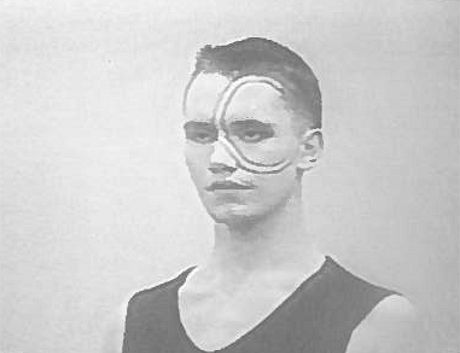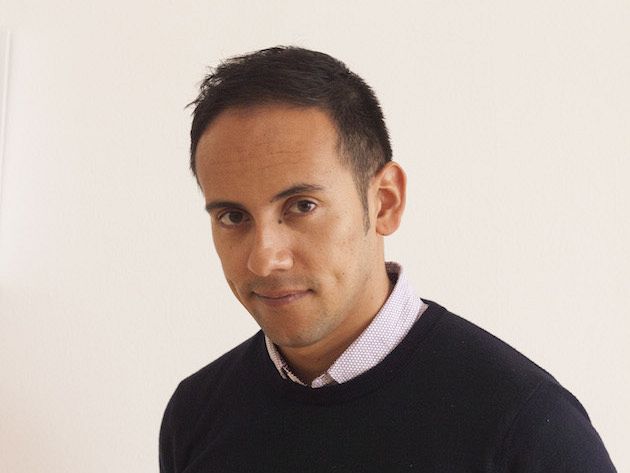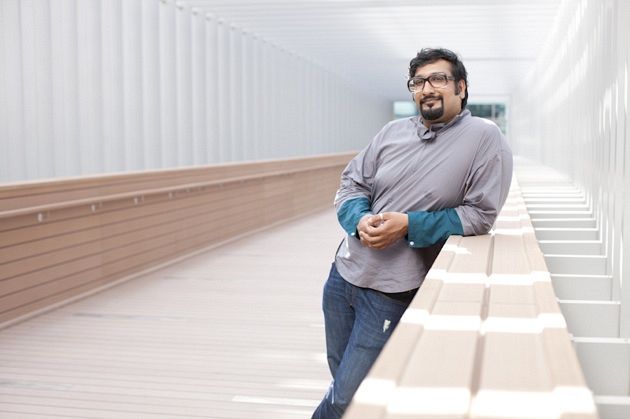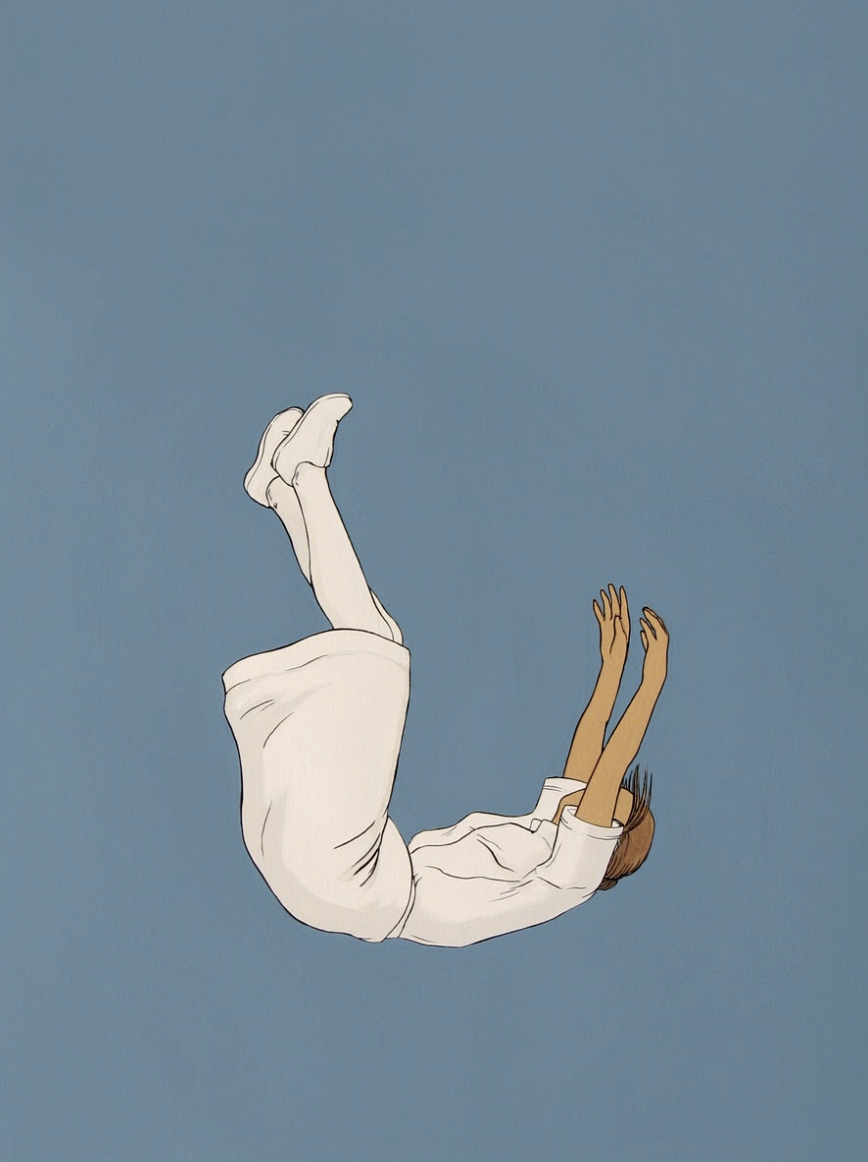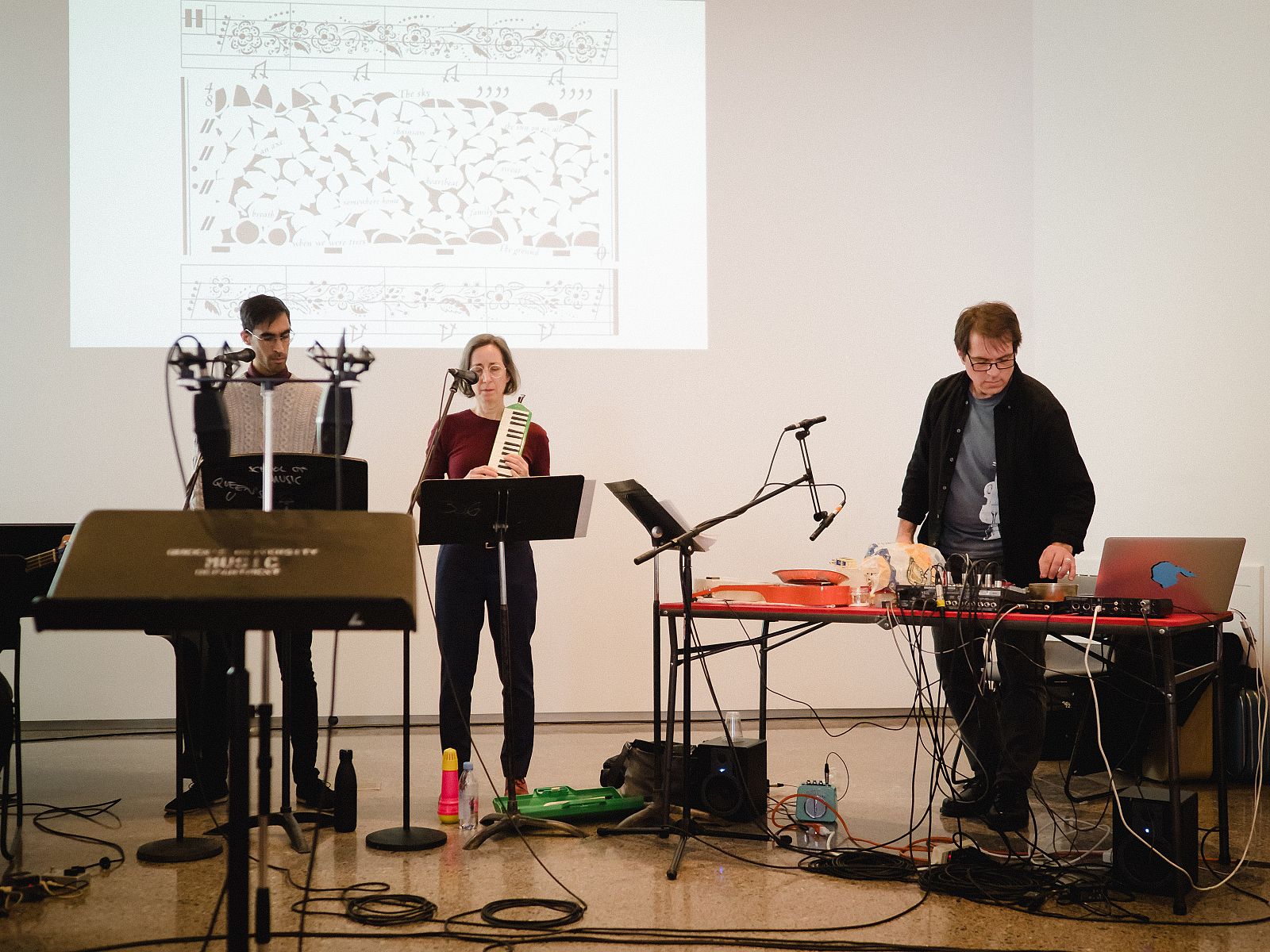Curator Cortney Stell developed this proposal during the Summer 2011 Curatorial Intensive in New York.
German philosopher, Wolfgang Schirmacher, perceives knowledge as the act of repetition. In other words, he believes we claim to understand or perceive information through continual practice. Curiosity, as a path to knowledge, is the link between all great explorers; they are concerned with looking and asking questions as opposed to repetition. Nearly Real Things seeks to explore our ever-changing relationship to the understanding of human experience. The seven artists selected for this exhibition are explorers, experimenters, and active investigators of the transformation of human experience.
Nearly Real Things is thematically organized into three forms of metamorphosis: mutation, doubling, and pupation (transformation). These themes are informed by chapter titles from Fantastic Metamorphosis, Other Worlds, a contemporary mythographical work by Marina Warner. Each of these thematic approaches considers flux, transformation, and metamorphosis – change in its essence – by looking through a lens of current issues, like globalization and technological development.
Asger Carlsen, Fredric Fontenoy, and Lucas Simoes’s work respectively investigate different aspects of mutation. Carlsen’s black and white photographs explore physical deformations in the human body. His photographs balance the grotesque and beautiful in such a way that makes them both difficult to look at and captivating. His surrealist compositions are fathomable yet impossible (humans with four eyes or bodies without heads, for example). Fontenoy’s Metamorphose photographs are time-lapse images of the body moving through landscape. The result of the time-lapse warps and pulls the body into unfamiliar forms, leaving traces of movement. The series looks at the natural relationship between metamorphosis and the passing of time. Simoes creates bizarrely appealing portraits involving natural processes of generation and evolution, of growth and decay. All of his “burning photos” are nostalgic emblems of the human body near erasure or death.
The work that explores the notion of doubling challenges conventions of identity, forcing the self to see itself. Sterling Crispin’s work investigates spiritual transformation. His digital images are projections that multiply the self and function as portraits of the astral body amidst technological change. Jeff Huntington’s work explores the mysteries of perception and memory as well as the flexibility and fragility of the human mind. His portraits depict faces from multiple perspectives at once; no single perspective is graspable because they exist equally and simultaneously. Kevin Francis Gray’s fiberglass sculptures feature sets of faceless, mirrored figures: figures in parallel universes or perhaps identical twins. These figures are ghostly counterparts of each other; no original or copy is defined.
These artists united by the theme of pupation investigate issues of rebirth and complete transformation. The work by Judy Fox conceptually splits bodily and psychic identities. Her forms are familiar and human, yet transformed into a new type of being, like a caterpillar into a chrysalis. Her sculptures are animistic, raw conceptions of human emotion, perhaps examples of what we would be if we let our desires rule. Sergio Albiac’s work is composed of generative images of faces emerging from digital grids. His portraits of the face hatching from the binary grid are images of digital rebirth.
The artists of this exhibition carefully investigate our relationship to current biological or technological metamorphoses. Their work challenges set definitions of personal identity and questions of individuality. The work in this exhibition illustrates an emergent humanity, a humanity immersed in globalization and mass communication. Though these artworks have a gentle nature about them, they all evoke a level of discomfort. Their blurriness, softness, and between-ness put the viewer in a space between the knowable and the unknown. The exhibition explores, literally or metaphorically, the act of transformation within contemporary consciousness, identity, society, and class.
Learn more
For further information about this project, please email Cortney Stell at cstell@rmcad.edu. To learn more about the Curatorial Intensive email info@curatorsintl.org.

